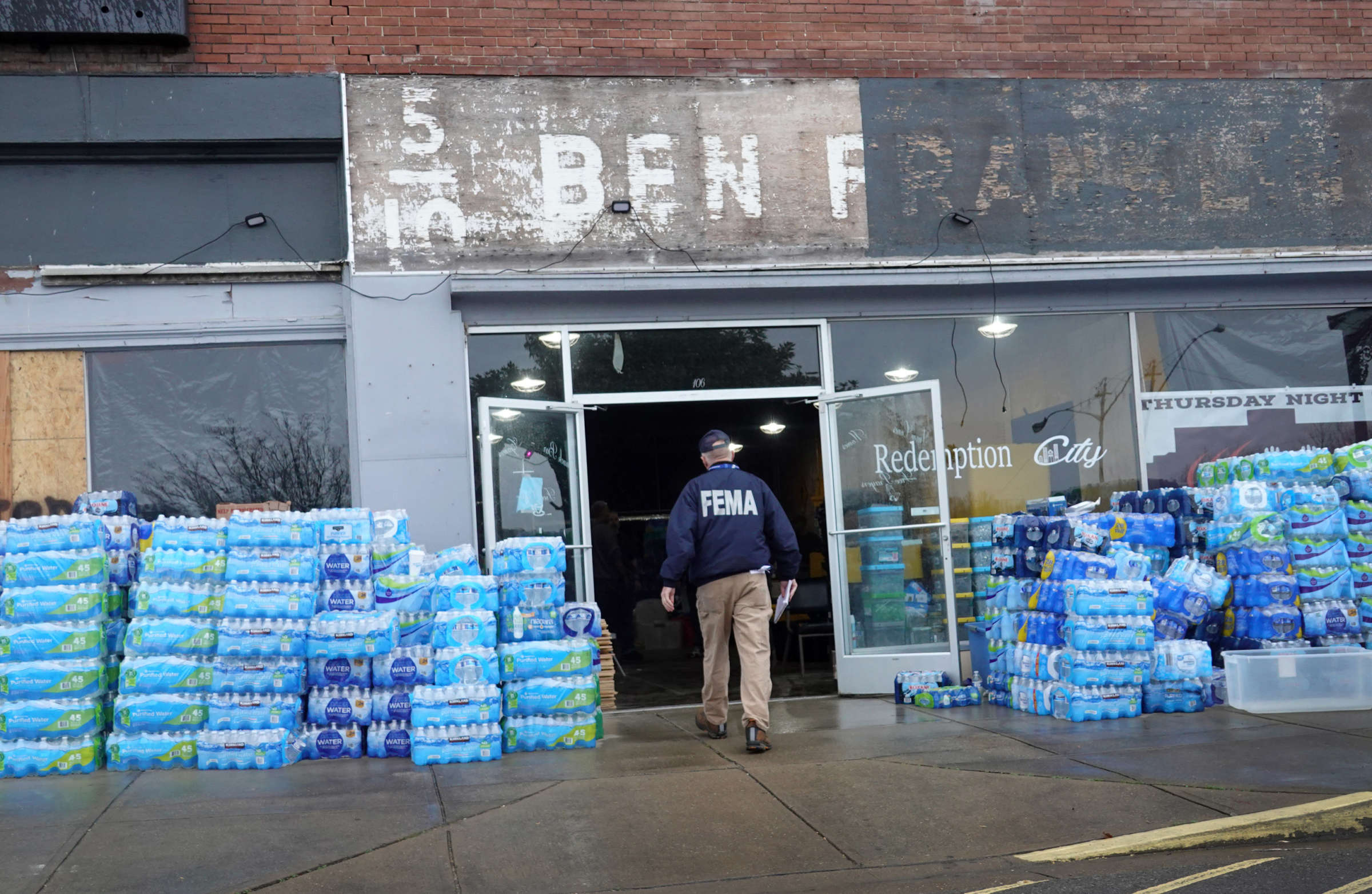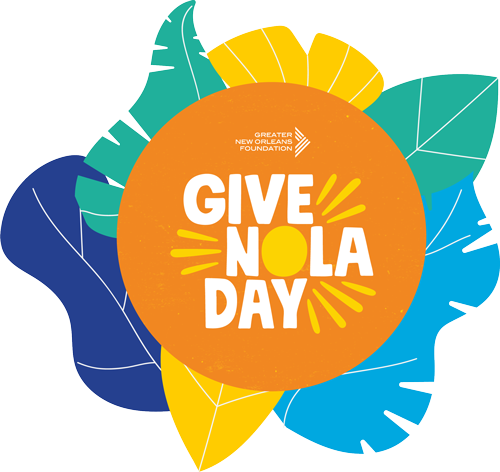
By Ashley K. Shelton in Truthout
June 1 marks the start of hurricane and wildfire season. This is a time when many wait with bated breath, wondering how they will survive another storm even as they have yet to recover from prior weather emergencies. This is the time of year when anxiety kicks into high gear, and when post-traumatic stress disorder can take hold. This is the time of year when one vows to prepare, but limited resources make it impossible to do so.
While the start of wildfire and hurricane season has always been anxiety-inducing, the climate crisis has introduced new cause for concern. Climate change is causing the Earth to warm to dangerous levels. As our climate warms, we experience stronger winds, higher storm surges, record rainfalls, and costlier and more destructive hurricanes and weather events. As climate change intensifies, so will natural disasters, leaving many of us in a state of suspended animation.
Unfortunately, the people most impacted by the climate crisis are the people least responsible for creating it. Black, Latino and Indigenous communities have a 50 percent higher vulnerability to climate events and often face increased threats from hurricanes. This is not a chance occurrence. Racist housing and zoning policies and practices segregate our communities into the most environmentally fragile areas. This makes communities of color even more susceptible to climate disasters and the disaster economy.
In the wake of escalating storms brought on by the climate crisis, we must demand more from our elected officials. They should not be able to divert tax dollars and feed a disaster economy. Officials must take action to support mutual aid funds and grassroots organizers who are doing the hard work of helping neighbors and friends survive, heal, and rebuild with dignity and hope.
Disaster Relief Fails Marginalized Communities
Historically, the people of Louisiana have not been able to depend on disaster dollars to actually reach them. Because of this, Louisianians know that mutual aid efforts are far more effective than bureaucratic agencies. In fact, mutual aid has been the lifeline enabling Louisianians to survive during times of crisis.
Hurricane Ida showed that natural disasters are good at making poor people poorer and rich people richer.By Sarah Benchimol , TRUTHOUT
October 8, 2021
But when natural disasters strike, the Federal Emergency Management Agency (FEMA) is currently the chosen method of disaster response at the federal level. From Hurricane Katrina in 2005 to Hurricane Ida in 2021, FEMA has consistently failed to address the material needs of most constituents, especially marginalized survivors. FEMA rarely helps survivors navigate insurance claims and pay out real dollars to rebuild. It often refuses to offer support to survivors with insurance, despite many insurance companies going bankrupt and delaying or withholding payments from policyholders. Equally troubling, FEMA has a history of doling out hundreds of millions of dollars to consultants and out-of-state companies while local neighborhoods and infrastructure crumble.
Louisianians know from experience that relying on bigger agencies does not correlate to receiving better aid. In many cases, the opposite is true. The Stafford Act, which governs FEMA, is too rigid to truly give communities what they need. It was not until last year that FEMA allowed families to receive funds without having clear title to their damaged homes.
FEMA also awarded Black applicants 5 to 10 percent lower amounts than white applicants. Additionally, between 1990 and 2015, FEMA was found to disproportionately demolish homes in communities of color. Between 1999 and 2013, Black and Latino residents in disaster-stricken communities lost $27,000 and $29,000, respectively, while white residents gained an average of $126,000 post-disaster. Once again, the people least responsible for climate disaster are purposefully abandoned after crises hit their neighborhoods because of systemic racism.
While we do not know the severity of the storms that will come our way, we do know that grassroots groups are best able to support the local community. In the aftermath of Hurricane Ida, the quickest help some people received was through mutual aid efforts. For instance, days after the storm, and well before FEMA showed up, my organization, Power Coalition for Equity & Justice, was on the ground distributing direct cash assistance and aid to help survivors find temporary lodging, pay for child care and feed their families.
We helped relocate people to safe havens, established a line of communication with vulnerable communities to share insights on resources, and ensured that people had access to food and medical supplies. We basically transitioned our entire body of work for focus on equitable disaster recovery. Before Ida, we were working on voting issues, COVID-19 testing and support, and education justice campaigns.
What’s more, we must all appreciate that disasters have specific phases — relief, recovery and rebuilding better. The media often covers the immediate aftermath of a storm, but its cameras do not always capture the recovery and rebuilding phase. Indeed, they have often moved on to other breaking news. Without the watchful eye of the fourth estate, many people are left vulnerable to the outside forces that swarm their communities in wake of climate disasters. For instance, one key FEMA shortcoming is the agency’s focus on simply aiding and not rebuilding communities impacted by natural disasters. This is something that is rarely highlighted by a media driven by the 24-hour news cycle.
Moving Beyond the Disaster Economy
Unfortunately, there is an entire disaster economy of consultants and contractors who profit off the pain of marginalized people. The disaster economy kicks into high gear in times of crisis, siphoning off resources and leaving many people worse off than they originally were. As a result, many citizens face cutbacks on resources, which are in many cases allocated to inefficient and profit-driven contractors to be used on shoddy work that is never completed. These experiences are crushing to those who have already lost so much.
Rather than relying on large agencies to implement disaster relief, the federal government could implement a tax credit that puts resources directly in survivors’ hands, much like the child tax credit.
Hurricanes tend to occur around the beginning of the month, forcing people to use critical dollars on hotels and gas in search of safety. This creates a terrible cycle in which people must find a way to survive even as their homes are destroyed and their bills are due. During Hurricane Ida, which took place during the COVID-19 pandemic, people who were already hurting from the faltering economy stayed in tents on their properties instead of leaving and seeking safer shelter, as it was unclear how much aid they would receive from FEMA.
As we navigate another wildfire and hurricane season, we are demanding federal solutions that empower communities to rebuild with dignity. Texas Rep. Al Green is looking at ways to ensure disaster Community Development Block Grants are available to the community. Such grants are provided by Department of Housing and Urban Development and offer seed money to help communities begin the rebuilding process.
FEMA is not the only solution; government entities must increasingly support innovations that have the connection and flexibility of mutual aid funds. It must also work to deliver lifesaving aid more promptly, streamlining existing processes and other innovations to support those in dire circumstances. We know the storms are coming — the question is, are we ready to help people move outside of the eye of the storm?


